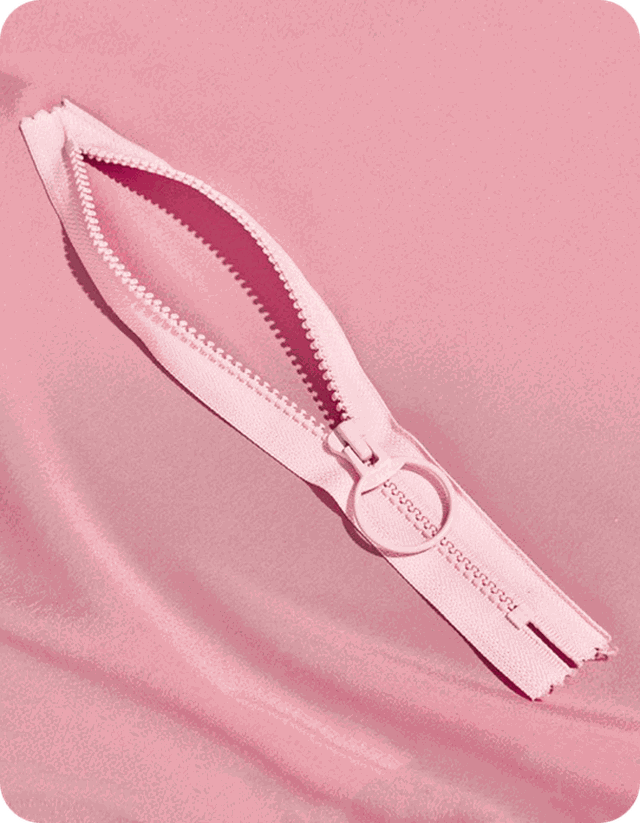
If the stars of the world showbiz have taught us in recent years that nothing is impossible, even when it comes to the vulva or vagina it seems that nothing is beyond expectations when it comes to cosmetic treatments. From the Kardashian sisters to Sharon Osborne's laser rejuvenation talking about her vaginal tightening procedure, it's clear that gynecological treatments are becoming commonplace. And the trend is growing among non-celebrities, too. In fact, when it comes to labiaplasty surgery, there was a 53% increase in procedures from 2013 to 2019 in the US, according to the American Society for Aesthetic Plastic Surgery.
This growing trend may be due to greater awareness and more open conversations about vaginal health, says Juliana Hansen, professor of surgery and head of the department of plastic and reconstructive surgery at the University School of Health and Science in Medicine. Oregon. "For many generations, vaginal health has been considered taboo and procedures and options to care for female genitalia were not available," says Dr. Hansen.

Regardless of the reasons, vaginal health and plastic surgery in and around the vaginal area is receiving more attention than ever before. Here is everything you need to know about labiaplasty and other common vaginal cosmetic procedures.
What is labiaplasty?
It is primarily an aesthetic but also a functional procedure. In most cases, the surgery changes the labia minora or the inner vaginal lips, but can also be adjusted to change the labia majora, or the outer lips. In essence, the plastic surgeon cuts labia to remove excess tissue, which can disturb the patient for aesthetic or functional reasons, e.g., it creates roadblocks during sex or physical exercises.

Labiaplasty is different from a vaginoplasty, which is a surgical procedure for tightening the vagina. Hansen. Some patients may have done so because of pelvic issues, or after multiple births. But often interventions are also done to help tighten the vagina for sexual pleasure purposes. However, "there is no evidence that the procedures work well and may be a condition that causes chronic pain and injury.

There are also non-surgical vaginal rejuvenation treatments, which are part of the "projected vagina" trend but are completely different from labiaplasty. "These include lasers to stimulate the mucosa, or inner lining of the vagina, and light LED treatments that stimulate the vagina to produce more tissue." says Dr. Hansen.





